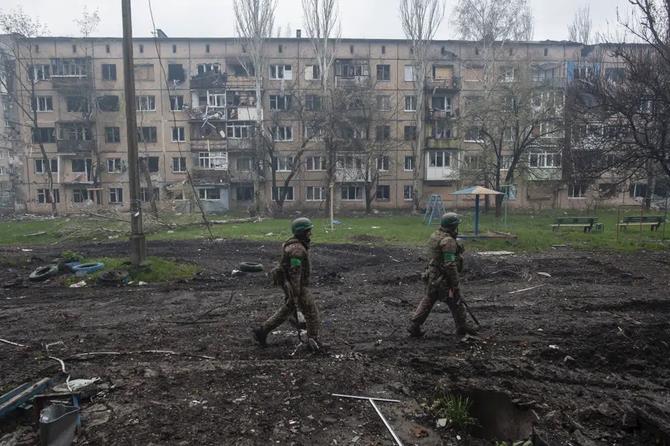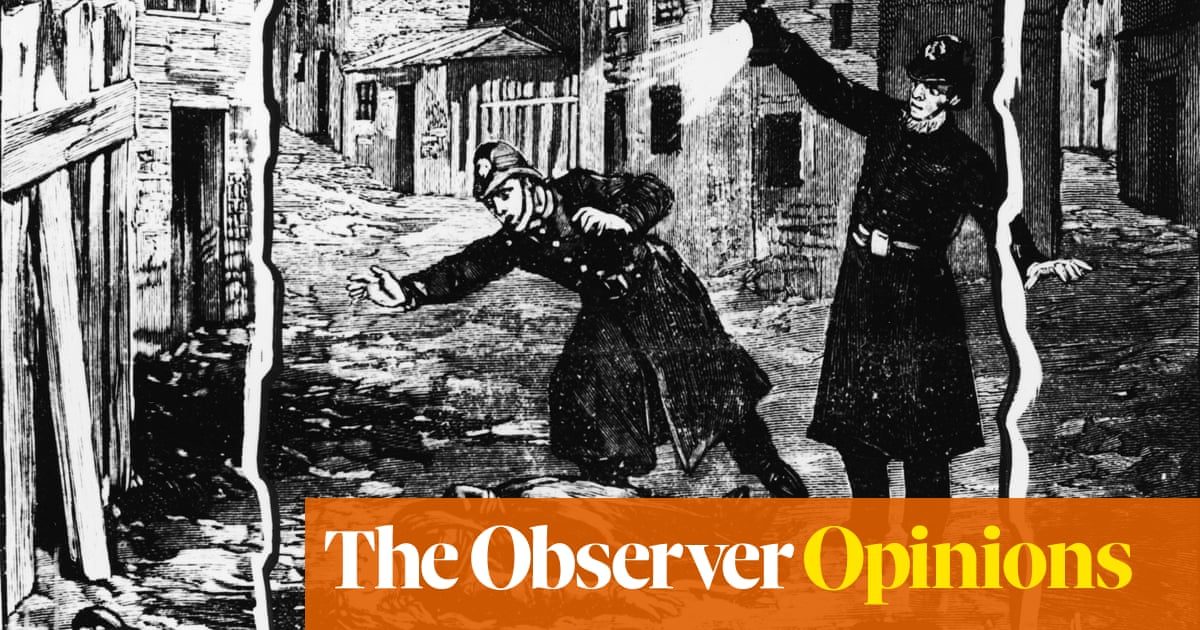
n a grey day in 2014, I met a friend at the gate of St Jarlath’s College, Tuam, where I was teaching boys of secondary-school age. We chatted under the shadow of Tuam’s cathedral, located beside a large Victorian villa known locally as the Palace, home of the archbishop. Tuam is a town in north Galway, birthplace of Tom Murphy, the Saw Doctors and the infamous Tuam mother and baby home.
A local historian called Catherine Corless had just turned an open secret into something quantifiable: that the remains of 796 children had been buried in a septic tank at the site of the Bon Secours home, active in the town between 1925 and 1961. Corless, at her own cost, obtained death certificates for each child. Her investigation led to the Mother and Baby Homes Commission of Investigation, which published its report on Wednesday.
My friend was born in the Tuam mother and baby home. “My mother’s crime was being a woman, and being poor. Poverty is a crime to that lot,” he said, waving at the cathedral. The rain was coming down heavy and I was whispering. At one point, I covered my mouth. Teaching in the school for years had made me careful about speaking out – which was perhaps paranoid, but I was definitely cautious about being overheard.
It is early in the dissection of the commission’s report (by necessity, as it is 3,000 pages), but initial reactions are sceptical at best. The executive summary states: “It must be acknowledged that the institutions under investigation provided a refuge – a harsh refuge in some cases – when families provided no refuge at all.” This defensiveness seems damning. The Galway politician Catherine Connolly spoke powerfully in the Dáil this week. “I find the narrative disturbing,” she said of the report, accusing the government of “placing abuse on abuse in the manner in which this subject has been dealt with”. She went on to say: “We either believe the women or we don’t.” This is the crux of it.
If we consider the broader societal context at the time, the country was in its infancy, poverty was common and opportunities scarce – Ireland was a society under the control of church and state, propped up by councils, county managers and the petty bourgeoisie. Ireland’s dark decades, as covered by the report, were an age of the institution, a time when church and state coerced and incarcerated more women per capita in institutions than anywhere in the world. Tens of thousands of them. Some were as young as 12.
Though strongly challenged through feminist activism, Ireland’s machine of misogyny continued. A contraception ban, an employment marriage bar, no property rights. A woman’s place was in the home. There was no access to abortion. There was no divorce. They could not sit on a jury. Women, pregnant outside of marriage, who ended up in these dire institutions, often did so due to incest and rape. It’s staggering. How they got pregnant in the first instance remains to be answered in many cases: where and who are the men?
When I grew up in the 1980s – in a Catholic house, attending a Catholic school – there was a sense that change had begun; and while legislative changes were welcome, cultural shifts were far slower. When I was in conversation with my grandmother, a small, anxious woman who grew up in Tuam and gave birth to 11 children, she became upset. I was asking questions about her life: why did she have faith? Did she have regrets? It wasn’t a fair question. To have regrets you must have freedom to make decisions about your life, economic and physical freedom – you need to know that in some part, you are your own authority.
Into the early millennium, Ireland remained patriarchal. We have men’s surnames – if not our father’s then our husband’s. We learned about men in school, we read men’s poems and studied men’s plays, while the priest listened to us confess sins from the age of six. Women’s full economic independence was rare, and terminology for women’s bodies was stilted. Sexual pleasure was not discussed, menstruation hushed up. Rape was rarely mentioned. Miscarriage carried a taboo. Euphemisms prevailed. “I’m in trouble.” “She lost it.” “Take the boat.” There were no conversations about consent.
The outpouring of women’s trauma prior to repealing the eighth amendment in 2018 was harrowing. Birth trauma, sexual violence, lack of autonomy, coercion: Ireland was finally talking about sex, but it was painful. During this time, I turned to writing fiction – it was proving a broader space than poetry for what I wanted to decant. To consider the stories and experiences I had absorbed, I wrote As You Were. The novel tells the story of three women over one week, on a hospital ward in Galway, a city close to Tuam. Octogenarian Jane speaks about her friend who gave birth in the Tuam home with dire consequences, Margaret Rose attempts to procure an abortion for her young daughter in England, and the protagonist, Sinéad, has trouble in articulating her pain at all. As You Were was written as a big, noisy intergenerational novel, a choir to the great covens of women I know and have known, to witness something of this shared, national somatic pain.
To bear witness to your story is paramount. The Tuam Oral History project at the National University of Ireland in Galway was founded in 2017 by a small group of creatives and academics, of whom I was one. Its principle is simple: it is a survivor-focused project to record first-person oral histories, including testimony from families and the broader community. Our project plans for creative engagement, restorative justice and educational projects for all second- and third-level institutions on this period of Ireland’s history.
The last mother and baby home finally closed in Ireland in 1997; recently enough, as the writer Sarah Maria Griffin observed, for it to have been the same year Angels, by Robbie Williams, came out.
Back on that rainy day in 2014, as we began to grapple with the horror and legacy that was unfolding, conscious of silence, conscious of speaking, I parted company with my friend. After lunch, in my classroom filled with young men in blazers, I resumed teaching a section from The Handmaid’s Tale.












